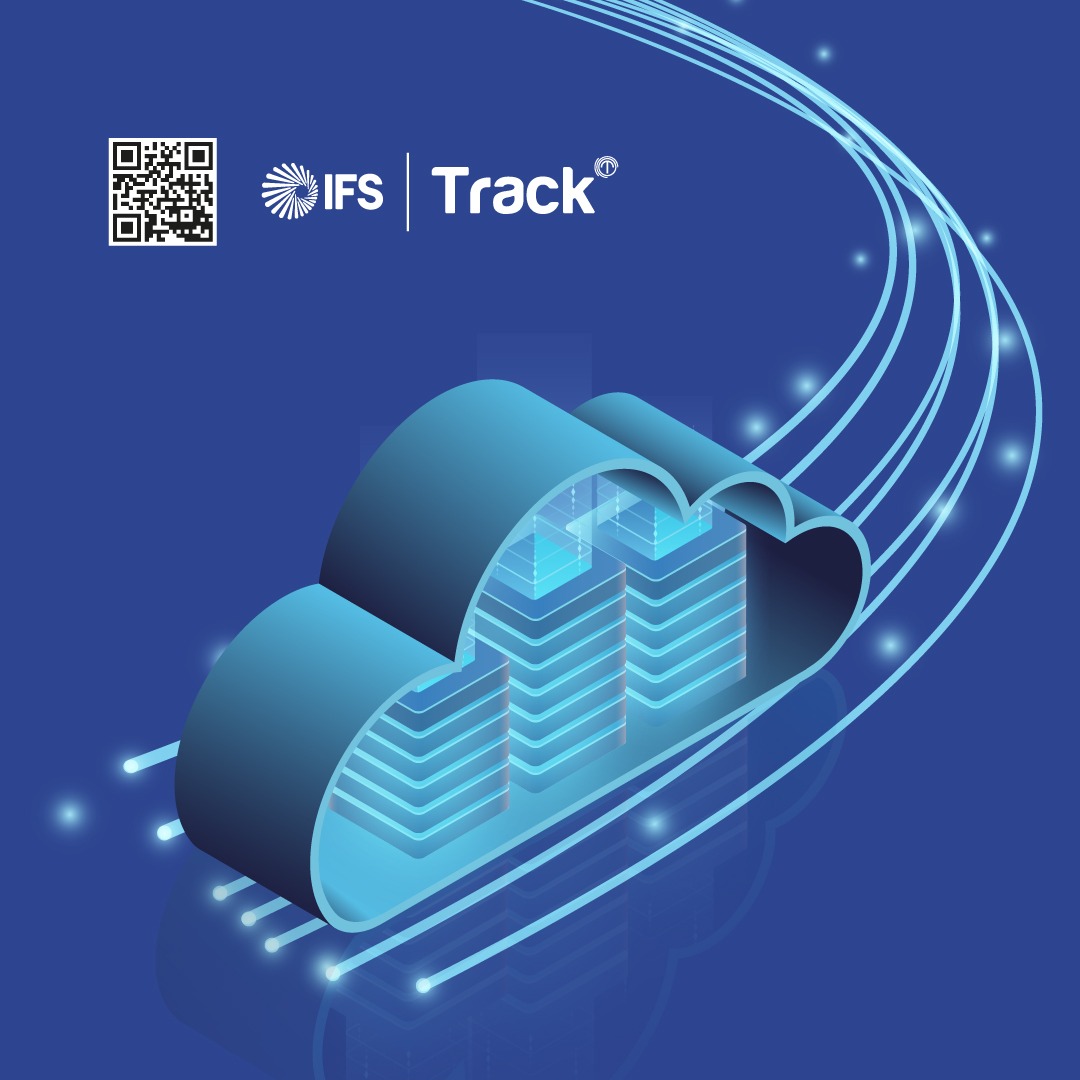1. Data Silos
Imagine your company as a bustling marketplace, where each stall is a department with its unique set of data. Just as a market thrives on the exchange of goods, your business needs a free flow of information. Data silos occur when departments or systems within an organization operate independently with limited interaction or data exchange. This isolation can cause inefficiencies, as the same data may be entered multiple times across different departments, leading to discrepancies and errors. To overcome this, you need strategies that promote data sharing and collaboration, ensuring that your ERP system serves as a centralized hub for all organizational data.
2. Data Quality
High-quality data is the lifeblood of any effective ERP system. It involves ensuring that the data feeding into your system is accurate, complete, and timely. Poor data quality can have a cascading effect on your business operations, leading to misguided decisions and operational inefficiencies. To maintain data quality, you should implement rigorous data governance policies, conduct regular audits, and establish clear procedures for data entry and maintenance. It’s also vital to train your staff on the importance of data accuracy and to encourage a culture where data quality is everyone’s responsibility
3. Integration Tools
To weave the various threads of data into a cohesive tapestry in your ERP system, you need the right set of tools. Integration tools are software solutions that help in the process of combining data from different sources into a single, unified system. These tools can simplify the complex task of data integration by automating data transfer processes, ensuring consistency, and reducing manual errors. When selecting integration tools, consider factors such as compatibility with your existing systems, ease of use, scalability, and the level of support provided by the vendor.
4. Real-time Data
In the fast-paced business world, having access to real-time data can give you a competitive edge. Real-time data integration ensures that the information within your ERP system is current and reflects the latest business transactions and activities. This immediacy allows you to make informed decisions quickly, respond to market changes promptly, and improve customer satisfaction by providing up-to-date information. To achieve real-time data integration, you should consider technologies that facilitate instant data transfer and processing, such as in-memory computing and event-driven architecture.
5. Data Security
While integrating data into your ERP system, safeguarding it from unauthorized access and breaches is imperative. Data security involves protecting your data against threats and ensuring its confidentiality, integrity, and availability. This requires a multifaceted approach that includes robust access controls, encryption, regular security audits, and adherence to compliance standards. Educating your employees about security best practices and keeping your security measures up-to-date are also crucial steps in protecting your valuable data assets.
6. Change Management
Integrating data into your ERP system often requires changes to existing processes and workflows. Effective change management is key to ensuring that these transitions are smooth and that your staff is prepared to adapt to new ways of working. This involves clear communication about the changes, training for employees on new procedures and systems, and a support structure to address any issues that arise. By managing change effectively, you can minimize disruptions and ensure that your team remains productive and engaged throughout the integration process.
SOURCE: https://www.linkedin.com/advice/3/struggling-data-integration-your-erp-jxszc?trk=cah1

